IF And FL Clarity – What is a Flawless Diamond?
Flawless (FL) and internally flawless (IF) diamonds are found at the pinnacle of the clarity scale. These amazing diamonds symbolize pure and unconditional love, making them a popular choice among couples.
When examined under 10X magnification by an expert gemologist, FL and IF diamonds show no visible inclusions. Needless to say, these extremely rare diamonds come with a huge premium that exponentially increases with carat size.
What’s the Difference Between Internally Flawless (IF) And Flawless (FL)?
I often get questions from readers about internally flawless vs flawless ratings.
Well, the real difference between FL and IF boils down to the presence of blemishes on the diamond’s surface. Characteristics such as surface graining, naturals, extra facets or small regions of polish marks would render a diamond in the IF grade instead of the FL grade.
In reality, there’s no way you will be able to tell an IF diamond apart from a FL diamond with your naked eyes. In fact, it’s so difficult that trained gemologists may also have a tough time doing so under the microscope.
Let me show you a comparison of 2 diamonds with very similar specifications…
This D color IF clarity BlueNile signature diamond costs $27,396!
On the other hand, this D Flawless diamond is priced at $35,671 (~20% more)!
Apart from psychological reasons of getting the highest grade diamond possible, there isn’t much of a physical difference between these 2 diamonds except for price points.
Don’t Fall into the Trap of Buying the “Best Diamond Clarity”
Many beginners make the mistake of assuming a D color IF clarity diamond will automatically translate into the best diamond quality. The truth is, nothing impacts a diamond’s appearance (sparkle & scintillation) more so than its cut quality.
Check out a comparison of 2 internally flawless diamonds with different cut quality…
When it comes to a side by side comparison in light performance, let me tell you that there’s a night and day difference between these 2 stones. The diamond on the left is mediocre and will not be as lively as the diamond on the right.
This is due to the horrible proportions that the diamond on the left is polished to. In the video listing, the terrible cut results in a diamond with a poor contrast pattern and one that will have suppressed fire because of the low crown angles.
If you are willing to pay the price for a D/IF diamond, doesn’t it make sense that you should be buying a diamond that exhibits the best optical performance as well? In this case, the diamond on the right is the clear winner and one that I would personally pick if I were in the market for the highest grade diamond.
IF Diamond vs FL Diamond Price Comparison
As you should already know, IF and FL diamonds are priced at a premium but just how much do they cost over regular diamonds?
Well, there are no easy answers as a diamond’s price is dependent on a combination of different factors. I’ve compiled a price comparison chart below to help you get a better idea of how much they cost…
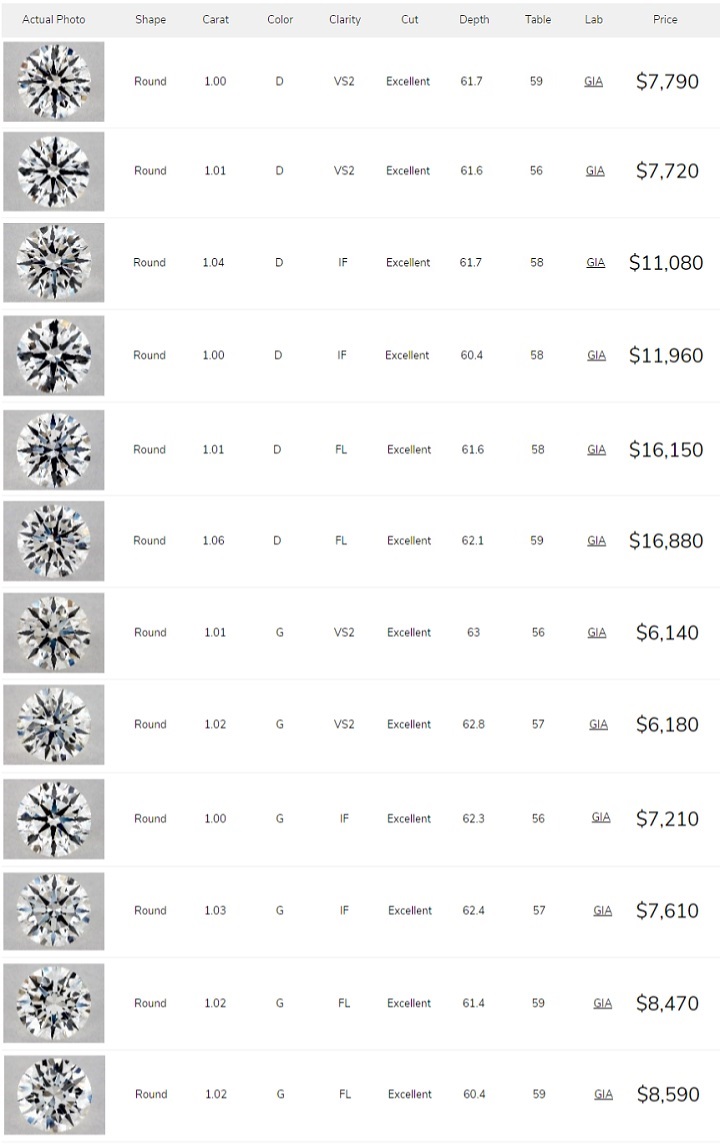
In general, you can expect a flawless diamond to cost 20-30% more than an internally flawless diamond when they are smaller in size (less than 1 carat) or lower on the color scale.
On the other hand, the prices exponentially increase with larger carat size and top tier color grades. That is to say the price difference between a D/IF and D/FL diamond is going to be much larger than a G/IF and G/FL diamond.
Why Are There Extra Comments in the Grading Report for IF Stones?
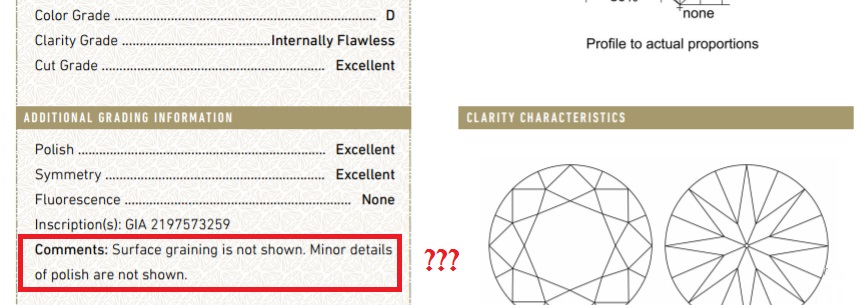
Listed below are common comments found in grading reports of internally flawless clarity diamonds:
– Surface graining is not shown (GIA)
– Minor details of finish are not shown (AGS)
These are perfectly OK comments and are no cause for concern if you see them in a grading report. As mentioned earlier, these comments are what separate the IFs from the FLs.
Interestingly, while some blemishes can be removed with further repolishing, cutters may choose not to do so. This is because they don’t not want to remove additional carat weight and compromise the diamond’s value just to achieve that.
On the other hand, material issues with the rough crystal may see surface grain lines extending into the diamond’s body such that no amount of repolishing can totally remove the blemish.
Did You Know That Even Flawless Diamonds Are Not Perfect…
Diamonds formed in nature under extreme and turbulent conditions. As a result, it is impossible to achieve a crystalline structure of carbon atoms that is 100% pure. In the grading labs, the rating of FL/IF is assigned when no inclusions are viewable under a 10X magnification.
This doesn’t mean we can’t see inclusions in high powered scopes using 60X or 100X magnifications. In reality, a “perfectly pure” diamonds doesn’t exist since some degree of foreign impurities are always present. Whether we see them or not depends on the power of magnification we view the stone in.
With that said, flawless/internally flawless diamonds are extremely rare because they require a series of stringent conditions to be fulfilled before they can be created. These stones are highly sought after by both collectors and investors. It’s no wonder that the larger diamonds often fetch record breaking prices at auctions houses such as Sotheby and Christies.
On the other hand, smaller sized FL/IF diamonds are much more affordable. They often find their way into proposal rings to symbolize a man’s love for his partner.
So that’s it! I had addressed some of the most frequently asked questions in this write up and I hope you learnt something useful. Feel free to leave a comment below to let me what you think about buying a diamond with the highest possible clarity grades.
Related Articles
Leave A Comment

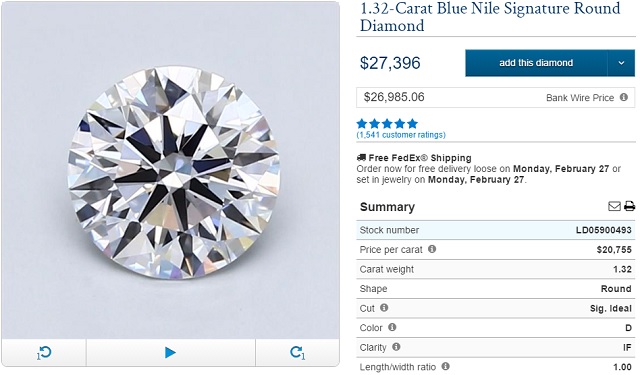
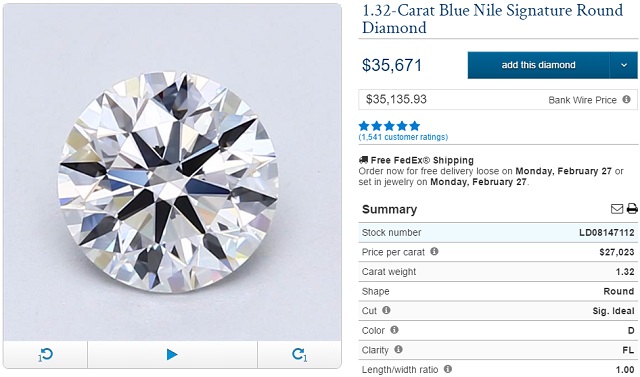
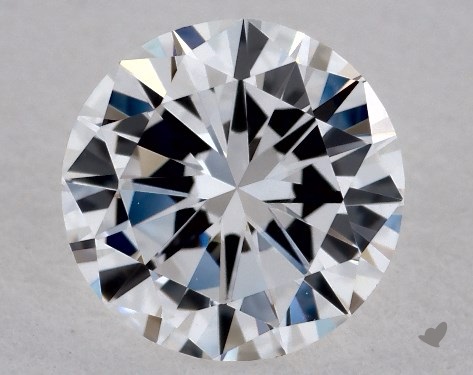
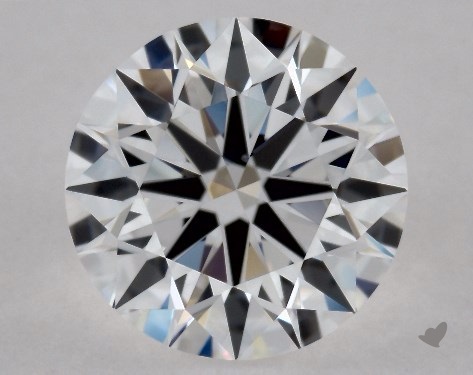
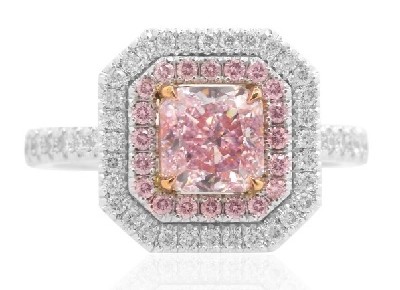
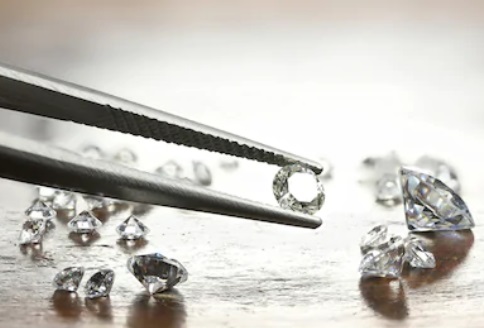
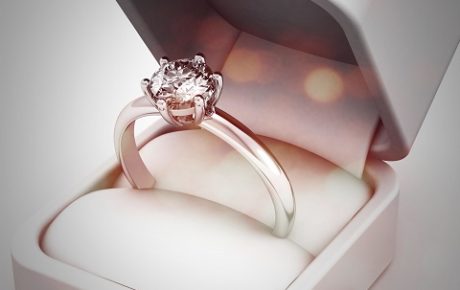
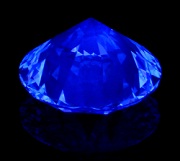









3 Comments
a friend is making a fool of herself with her $10,000-1 ct diamond–told it is flawless—-I tried to explain the external flawless term to her,etc of course she wouldn’t listen–hopefully this article will help her understand—-best info that I have found
I really appreciate what you are doing here with your website. It’s really awesome and a great help to guys like me. I am looking for a fl diamond ring with a g color in the round shape. More specifically, I am trying to look for one that is 0.92 carat exactly as the number means alot to both of us. Can you help me out and offer suggestions on where I can find a flawless diamond engagement ring with these specs?
I think you are going to run into trouble locating a fl diamond with the kind of specifications you are looking at. Start with the vendors I recommended above. Chances are, you will need some time to source for the loose stone because they are really rare! And if you can’t find any, reconsider the specifications you laid out.